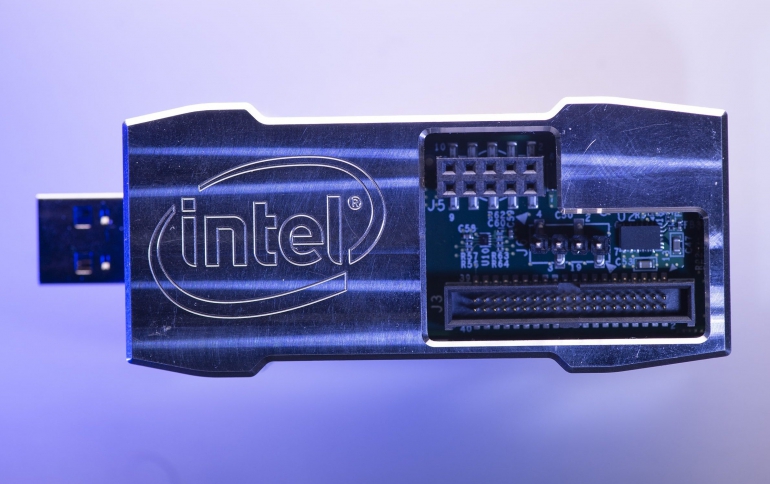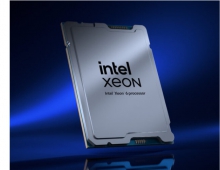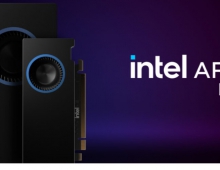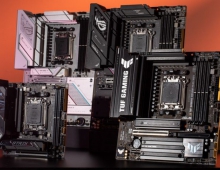
Intel Advances Neuromorphic Computing Through the Loihi Research Chip, Intel Neuromorphic Research Community
Intel today named academic, government and corporate research groups participating in its Intel Neuromorphic Research Community (INRC) and discussed research progress from the inaugural INRC symposium held in October.
The goal of the INRC is to tackle the challenges facing the adoption of neuromorphic architectures for mainstream computing applications. INRC members will use Intel’s Loihi research chip as the architectural focal point for research and development. Intel hopes the findings of this community will drive future improvement of neuromorphic architectures, software and systems, eventually leading to the commercialization of this promising technology.
Neuromorphic computing entails a bottom-up rethinking of computer architecture. By applying the latest insights from neuroscience, the goal is to create chips that function less like a classical computer and more like a human brain. Neuromorphic chips model how the brain’s neurons communicate and learn, using spikes and plastic synapses that can be modulated based on the timing of events. These chips are designed to self-organize and make decisions in response to learned patterns and associations.
The goal is that one day neuromorphic chips may be able to learn as fast and efficiently as the brain, which still far outperforms today’s most powerful computers. Neuromorphic computing could lead to big advancements in robotics, smart city infrastructure and other applications that require continuous learning and adaptation to evolving, real-world data.
Last year, Intel introduced the Loihi neuromorphic test chip, a research chip with a combination of neuromorphic features, efficiency, scale and on-chip learning capabilities. Loihi serves as the architectural foundation for the INRC program. Intel provides INRC members with access to this neuromorphic chip to accelerate progress in this field of research.
Loihi hardware has been made available to select INRC members for research in domains such as robotics that require direct access to hardware. These systems include a USB form factor code-named "Kapoho Bay." In addition to providing a USB interface to Loihi, Kapoho Bay offers an event-driven hardware interface to the DAVIS 240C DVS silicon retina camera available from iniVation, among other peripherals.
"While there are many important unsolved neuromorphic computing research problems to explore at all levels of the computing stack, we believe the state of neuromorphic hardware currently leads the state of neuromorphic computing software. We’re confident this network of INRC members will rapidly advance the state of neuromorphic learning algorithms and demonstrate the value of this emerging technology for a wide range of applications Mike Davies, director of the Neuromorphic Computing Lab, Intel.
Fifty projects have been selected to participate in the INRC. Engaged INRC members will receive access to Intel’s Loihi neuromorphic research chip and software, and are invited to participate in technical symposiums where progress, results and insights will be shared among the community. INRC-supported workshops will offer members an opportunity to learn to develop for Loihi in extended hands-on tutorial sessions and hackathons hosted by Intel Labs researchers and collaborators.
Among the 50 selected projects, teams from 13 universities were selected to receive funding to pursue their research plans. These teams come from a wide range of academic institutions around the world, including University of Bern; University of California, Berkeley; University of California, San Diego; Cornell University; University of Göttingen; TU Graz; Harvard University; TU Munich; Radboud University; University of Tennessee; and Villanova University.
Projects have been scheduled to start over a series of four waves, the first of which began in 2018’s third quarter.
Next year, Intel and INRC members expect to contribute much of the enabling software and research results to the public domain in the form of publications and open source software.





















